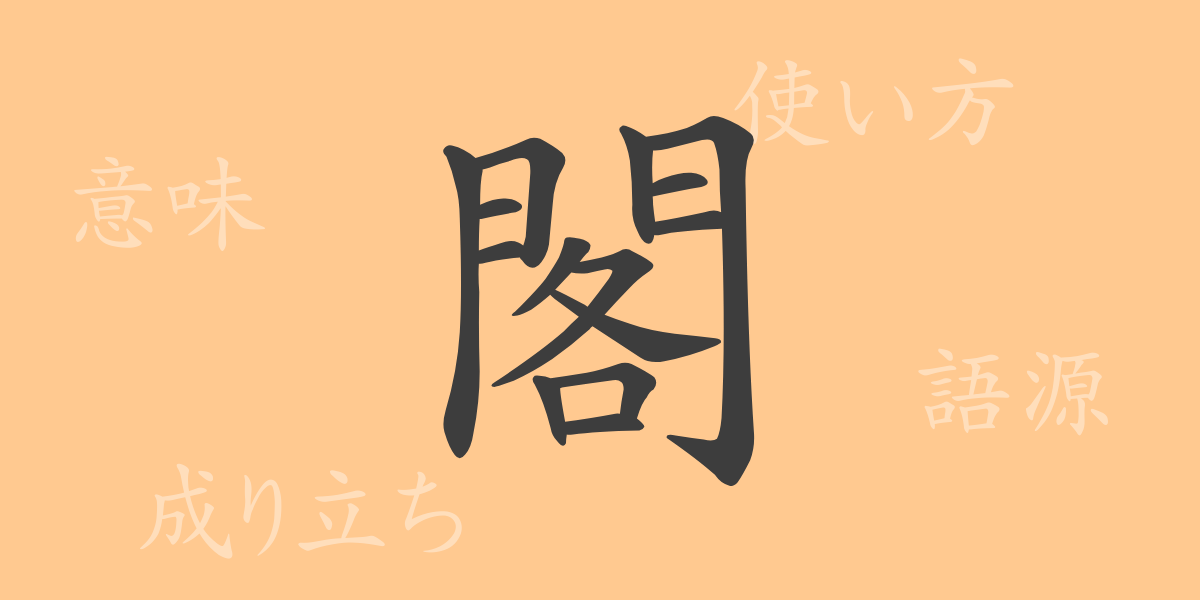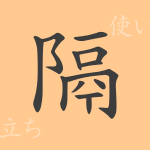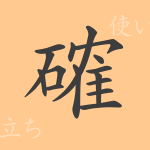The depth of Japan’s character culture is profound, where a single kanji can reflect the culture and values of the nation, much like a mirror. In this article, we spotlight the kanji “閣” (Kaku), delving into its origins, meanings, usages, and the common idioms where it’s found, exploring the rich world encapsulated in just one character. Let’s discover the allure of kanji together.
Origins of 閣 (Kaku)
Tracing back the origins of the kanji “閣” (Kaku), we find its roots in ancient China. Originally used to denote tall buildings, over time it evolved to encompass specific architectural structures and political connotations. This character combines the radical for “building” or “gate” (門), with “各” (Kaku), which indicates height or levels, visually suggesting the image of a tall structure.
Meanings and Usages of 閣 (Kaku)
While the kanji “閣” (Kaku) originally referred to tall buildings or towers, today it has a broader range of meanings. In a political context, it often refers to government organizations or cabinet members, commonly used in terms like “内閣” (Naikaku, cabinet) or “閣議” (Kakugi, cabinet meeting). It is also used to denote a study for keeping books, or a room for displaying art, among other varied applications.
Reading, Number of Strokes, and Radical of 閣 (Kaku)
Let’s look at the basic information about the kanji “閣” (Kaku).
- Reading: The onyomi (Sino-Japanese reading) is “Kaku”, and there is no particular kunyomi (native Japanese reading).
- Number of Strokes: It has a total of 14 strokes.
- Radical: The radical is 門部 (Monnbu, gate radical).
Idioms, Phrases, and Proverbs Using 閣 (Kaku) and Their Meanings
Idioms and phrases containing “閣” (Kaku) are abundant in the Japanese language. For instance, “閣下” (Kkka) is a respectful term for a person of high status, while “内閣” (Naikaku) refers to a country’s executive branch. “書斎閣” (Syosaikaku) represents a personal study, symbolizing an intellectual space. These idioms and phrases play a significant role in the expressions of the Japanese language.
Conclusion on 閣 (Kaku)
As we have explored, “閣” (Kaku) is not just a kanji but a character that breathes history and culture. From politics to everyday life, and even into the realm of literature, the web of meanings spun by this single character accentuates the beauty of the Japanese language. Understanding the profound meanings embedded in each kanji allows us to use words more richly and accurately.

























